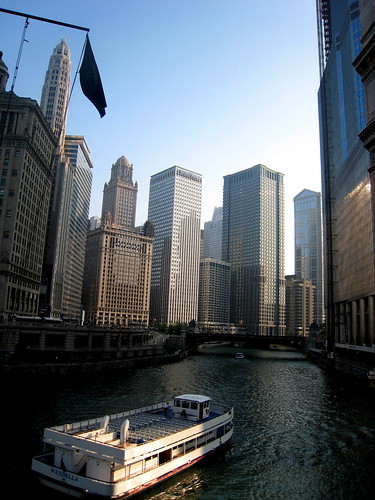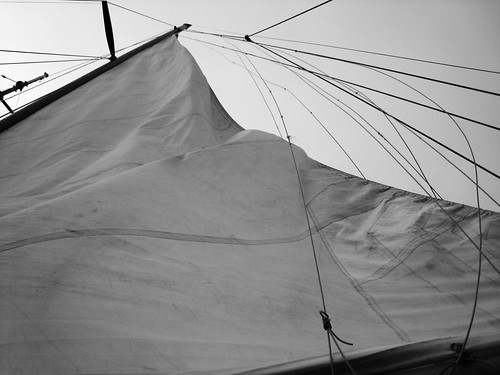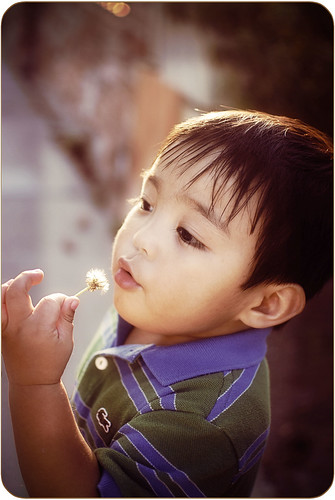CAMERAS
For all photos taken before September 2009, I used a Canon Powershot SD800 IS. Canon makes great little point and shoot cameras. They're known for over-saturating their colors, which gives shots the pop that a lot of people are looking for. I liked this one specifically for the wide angle lens and the image stabilization, great specs to keep in mind with point and shoots with super digital zoom. Where they're lacking, though, is low light performance. If you don't mind shooting with flash, though, it wont matter to you. The other big drawback of most point and shoots: depth of field. More often than not, I like mine shallow whether I'm shooting macro or not. Most P&S cams can't do that. Here are a couple shots taken with that camera:
For photos taken September 2009 to March 2010, I used a Nikon D3000. Why I went from Canon to Nikon is another story for another time. Shoot me a message or email if you want to know. The D3000 is a great beginner dSLR, and with a nice prime lens like the Nikkor 35mm 1.8G, it really shines. If you're on the market for a beginner dSLR, the newer version of the D3000 is the D3100. The older D40 also has a cult following. Here are some shots taken with my D3000. The first is taken using the kit Nikkor 18-55mm VR lens. The others are taken with the Nikkor 35mm mentioned above.
LENSES
These are the lenses that I currently use with my D90. I don't really use any one lens more than any of the others, but that's mostly because I go through phases where I favor each one. Again, none of these are professional grade lenses. The most expensive lens I own is the $300 18-105, and that one came with my camera.
- Nikkor 18-105mm VR. This is the kit lens that came with my camera. The zoom length makes it very versatile but not overly huge or bulky. This one is always with me on trips because it's the most "one size fits all" lens I own.
- Nikkor 35mm 1.8G My first prime lens. I use this lens when I know I'm going to be in a low light situation because it has a large aperture. The focal length is kind of in between--not too close, not too wide--so it works for most situations. On cropped sensor camera's this focal length turns into about 52mm, so keep that in mind.
- Sigma 50mm 2.8G Macro A super-awesome-truly-amazing gift from my friends, this lens really is a beaut. The 50mm focal length that everyone adores, the extra light/speed the f2.8 offers (over the 3.5 of a zoom) plus MACRO ability. I love shooting up close, and this lens lets me get there.
- Nikkor 50mm 1.8 non-AF. The nifty-fifty. When you buy an SLR, everyone and their momma's momma tells you to buy a 50mm prime. (On a cropped sensor, a 50mm lens looks more like 75mm, though) This version is an old lens from a film Nikon that I picked up off of eBay. Since it was made for a really old film SLR, it doesn't meter or auto-focus with my camera. I even have to use the aperture ring to change apertures. I bought this lens to force myself to learn to meter and focus with my eyes instead of relying on my camera. When focused right, it's really sharp and gives really smooth bokeh. Since it's completely manual, I only bust out this lens when I know no one else will be wanting to take a picture with my camera.
- Lensbaby 2.0. My toy lens. This lens is purely for fun, and I use it when I know (or hope) I'm not going to be asked to take serious photos. People love grabbing my camera to play with the bellows focus. This is the old version, so I can't change the optics inside, but at the moment, I don't feel that I need to. It's suprisingly sharp, too, when using the 2.2 and smaller aperture discs. Don't know what Lensbaby shots look like? View mine here.
- Diana F+ 38mm. An actual toy, this lens is made of plastic and is meant to accompany a Lomography Diana F+ film camera. I thought I'd try it out on my D90 because I really like the dreamy, hazy look of Diana photos. I haven't used it that much yet, though. Diana lenses are made for a camera that shoots 120 film, so if you're looking for your own, the focal length looks much longer than the number listed, especially if you have a cropped sensor. Check out the focal length difference HERE. I have a few of my own Diana shots HERE.





